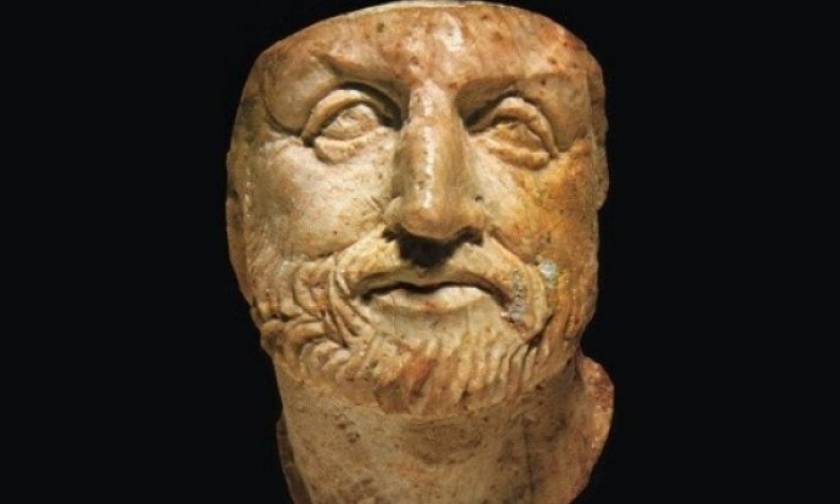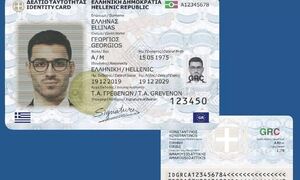Palace of Philip II at Aigai open to public

The great palace complex of Aigai, built in the fourth century BC by the King of Macedonia Philip II (Alexander the Great's father), opened its doors to the public with a free tour by excavator and archaeologist Angeliki Kottaridi on Sunday.
Kottaridi explained that the palace - - never served as a residence, but represented the political, religious, judicial and military rule of Philip, who at the time was believed to have divine descent. It is three times the size of the Parthenon at Athens.
According to the archaeologist, the famed king borrowed the institutions of city-states from the south and incorporated them in his kingdom, creating cities which attracted new residents who were allocated plots of land.
The palace, she said, acted as a political agora or gathering space and served as meeting place for citizens and a place for large-scale public symposia for people to eat, drink and hold discussions.
Built between 350 BC and 340 BC, the palace of Aigai, or Vergina as the site was first known, included an innovative architectural feature of the time: two-story stoas, "precursors essentially of the Stoa of Attalus in Athens," Kottaridi says, referring to the colonnnade that replaces one of the building's long walls. Philip celebrated the marriage of his daughter, named Cleopatra, at the palace, inviting the first large crowd in it at 336 BC. He was assassinated at the theater that belongs to the palace complex below it, and Alexander assumed the rule.
The approach to the palace - which covers an area three times the size of the Parthenon - requires a two-kilometer walk under the sun. The tour was attended by a large crowd and Culture Secretary General Maria Andreadaki-Vlazaki, who said that the new Aigai museum is expected to open in 2020 and the reconstruction of the palace to be completed in 2022, according to the schedule.
Speaking to Athens-Macedonian News Agency (ANA), Kottaridi said that the palace building was hardly changed over the years. She spoke of the site management as "an extremely difficult project, from the size and the need to train people, to bureaucratic difficulties, changes of laws, difficulties of hiring - especially experts - and slow-moving tendering procedures to acquire supplies."
Kottaridi was part of the team of professor Manolis Andronikos, who first started excavations near a town called Vergina in 1977, 80 km southeast of Thessaloniki, where he discovered a pair of royal tombs. She worked as his assistant until his death in 1992.
Source: AMNA













